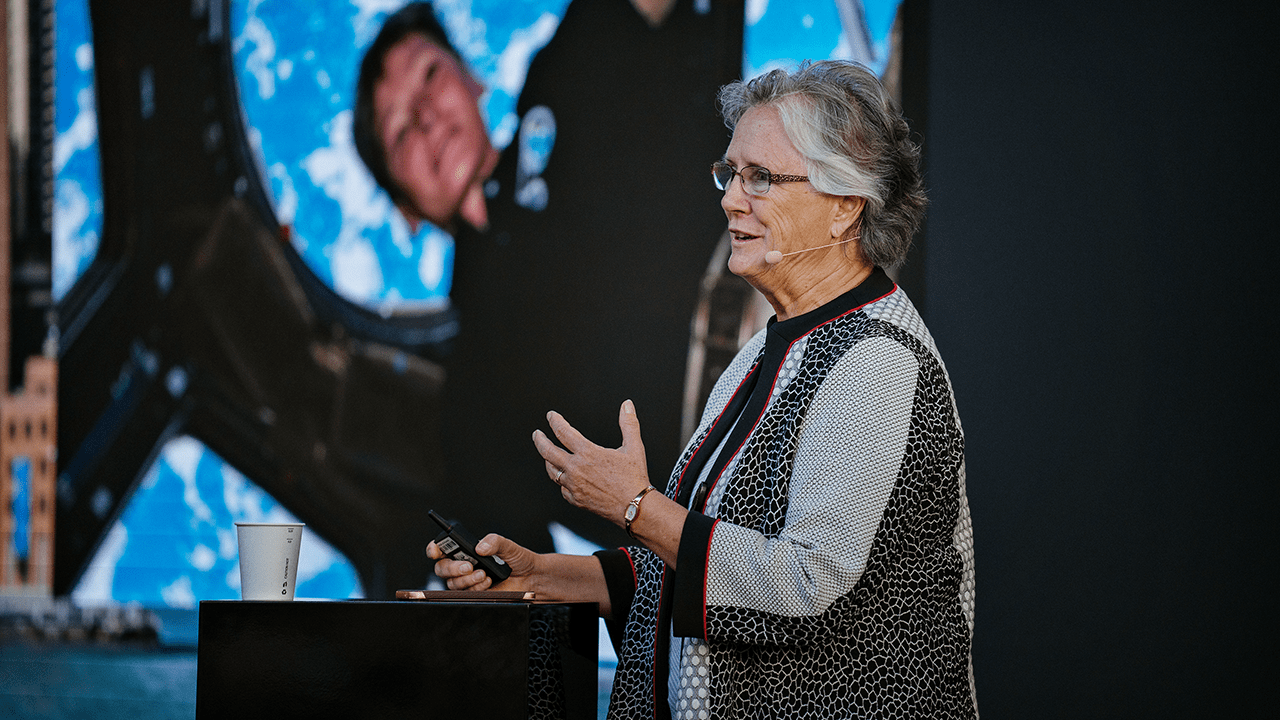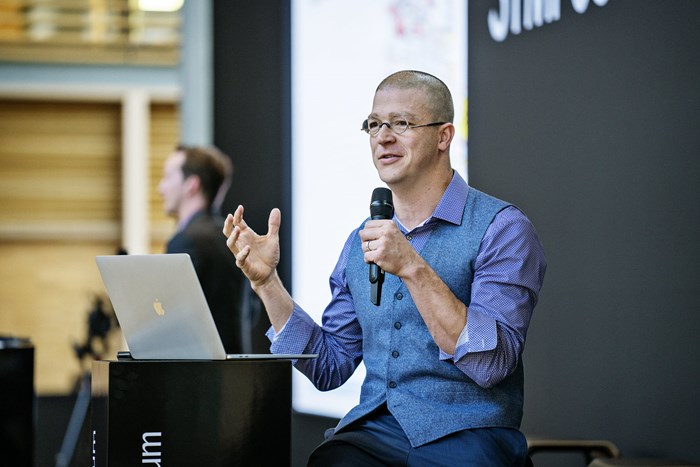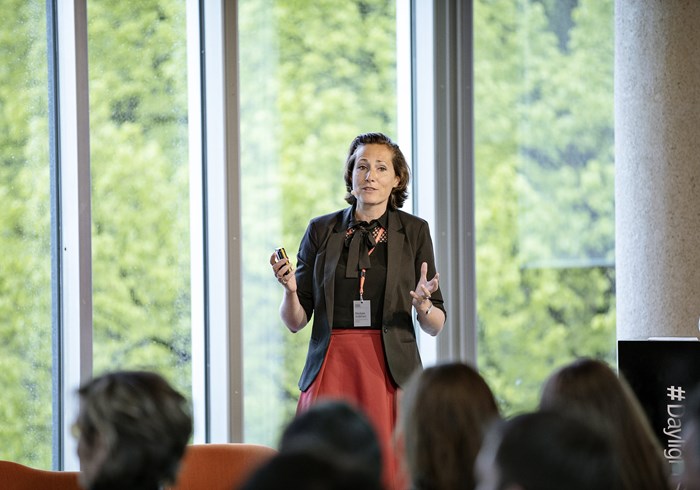
Presentation from the 8th VELUX Daylight Symposium that took place in Paris on 9 October 2019 by Lis Heschong.
Daylight and window views have often been considered as interchangeable topics. Like the old children’s ditty, it is often thought “you can’t have one without the other”. However, they are distinct design choices, and they also have distinct impacts on the occupants of buildings.
This talk takes deeper dive into our relationship with window views, especially in the workplace, where today many economic and technological pressures threaten their primacy in architectural design. Some even suggest that digitally simulated views could adequately replace the real thing. We consider our relationship with views on four levels: fundamental physiological and cognitive impacts, sensory delight, emotional attachment, and cultural meaning.
Window views are well known to support eye health by motivating workers to frequently glance away from near tasks to distance views, helping to maintain eye muscle tone and lubrication. On the cognitive level, window views offer an important opportunity for intermittent circadian stimulus at ‘the eye of beholder,’ providing roughly an order of magnitude greater intensity than normal interior illumination levels. This form of circadian stimulus is always locally appropriate, and it can also be self-administered as needed, based on an individual’s unique needs. Views also support other fundamental cognitive processes, such as the development of cognitive maps and associated improvements in long term memory, as well as productive mind wandering which has been associated with a healthy autobiographical self-awareness, increased working memory, incubation, and creativity. Mind wandering has recently been recognized as a ubiquitous and fundamental mental function, occupying up to 50% of a normal adult’s waking hours.
On the sensory level, views of the outdoor world provide a wealth of visual sensory stimulation, including the delights of color, shadow, sparkle, fractal patterns, and movement, along with an essential reminder of current reality. The economic value of views has been well established with pricing information for rents and sales prices, and via productivity benefits that have been objectively quantified in educational and workplace settings. However, there are other much deeper emotional connections to views that are evident in the writings of renowned authors and the experiences of people at critical moments in their lives, such as hospice patients. As a result, many types of views have been enshrined in cultural memories, and endow an interior space with far deeper meaning than those provided by the architecture of the building alone.
The many ways that humans are impacted by views argue for the primacy of window view as a required architectural feature. Given that we spend over 90% of our lives inside of buildings, window views should be freely and easily available to all building occupants. This premise will be discussed and illustrated with recent research findings and exemplary images.
Lisa Heschong was a licensed architect for 30 years and a founding principal of the Heschong Mahone Group (HMG), an energy consulting firm in California. She led the research team that found that more daylight was associated with better student performance. Ms. Heschong is a Fellow of the Illuminating Engineering Society (IES) and served as Chair of the IES Daylight Metrics Committee. Lisa Heschong was awarded her Master of Architecture from MIT with the AIA Medal, where her thesis was published as Thermal Delight in Architecture (MIT Press). In 2011 Architectural Research Centers Consortium awarded her the Haecker Award for lifetime achievement.


